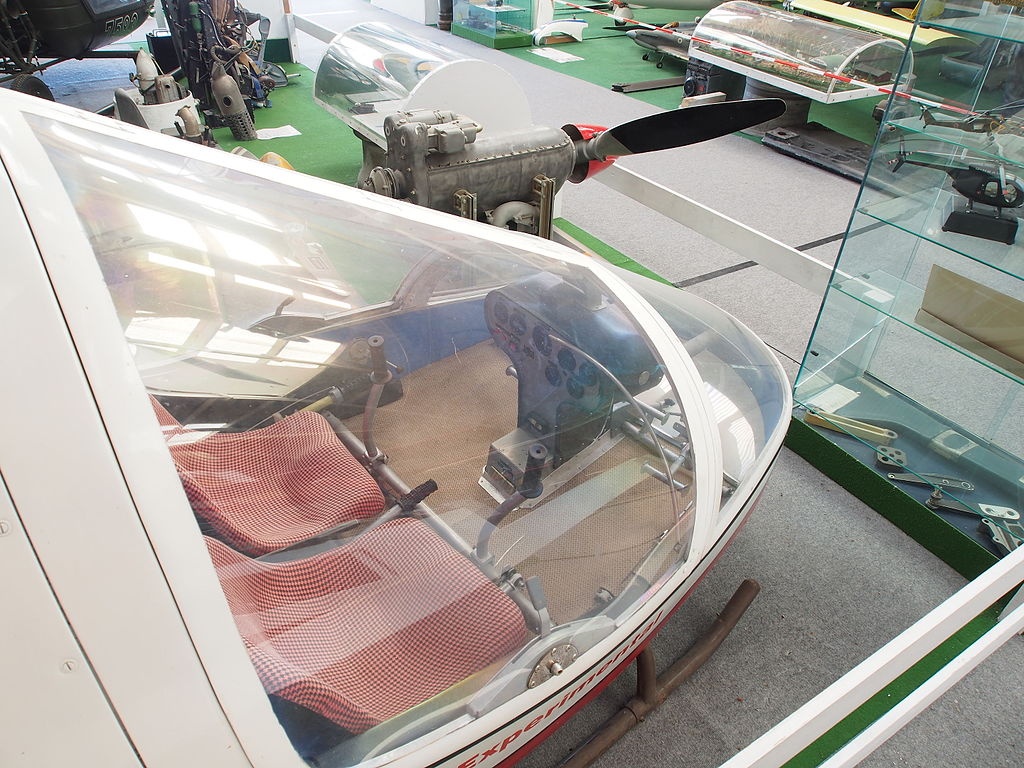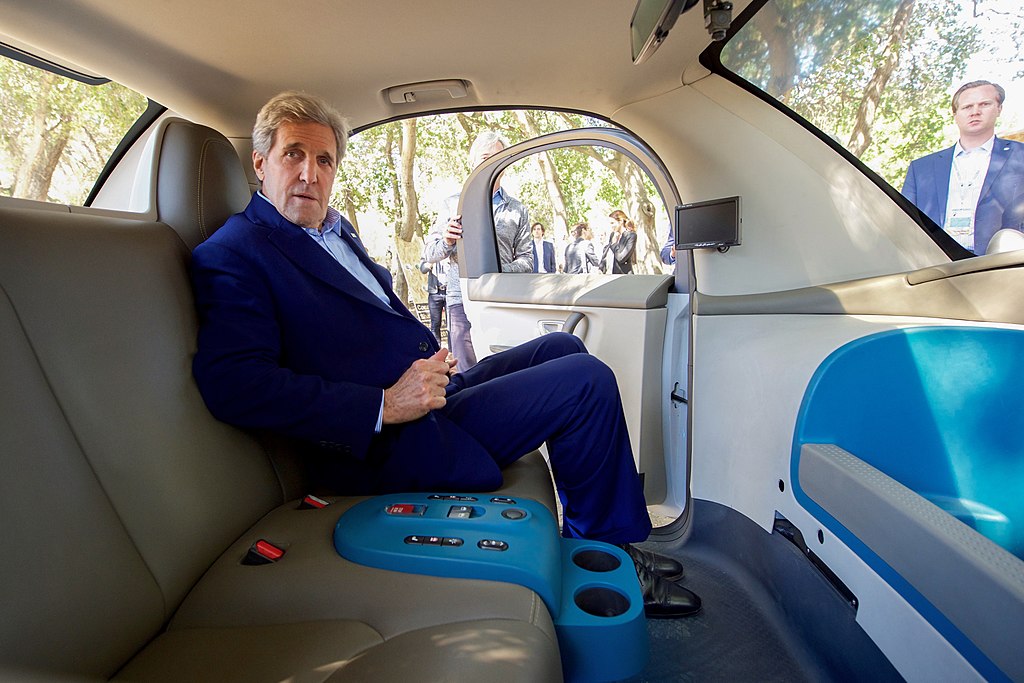Artificial intelligence (AI) has made quite a splash in recent years, and the addition of chatbots like ChatGPT has only heightened the buzz. While the world focuses on how AI can hold conversations and perform time-consuming research, aerospace engineers have turned their attention to how AI can help flying vehicles perform more effectively and efficiently. Although much of modern aerospace design work still relies on the principles of induction to power aircraft, the inclusion of AI software and connected technologies means that new opportunities for in-air guidance are quickly becoming a reality.
Planned AI Developments in 2023
Looking further ahead in 2023, at least six major aerospace conferences are scheduled during which AI will be a central topic. In addition, the American Institute of Aeronautics and Astronautics (AIAA) has called for additional research into AI as it pertains to the aerospace industry. The AIAA has also recommended the publication of more papers detailing how machine learning can benefit aerospace engineers. Finally, the aerospace industry and AI development spaces are seeing heightened demand for products and innovation following years of slow growth, partly due to pandemic restrictions and supply chain slowdowns.
The Big Benefit
The most significant benefit AI provides in aerospace engineering currently is machine vision. This technology allows aerial vehicles to “see” objects on the ground and in the sky.
Machine vision has already been deployed in autonomous ground vehicles, where it has been used with mixed results. Drones and small aircraft equipped with AI technologies like machine vision may one day allow for completely unmanned commercial flights and more effective and efficient unmanned military aviation than what is currently in use today.
Making Aerospace Engineering Easier
One way that AI is being trained to fly more accurately is through direct human involvement. AI programs analyze the minute details of a human aviator and learn to mimic these. As a result, aerospace engineers can speed along the design and production of future aerial vehicles since this type of training means AI will have the skills necessary to overcome variables during flight.
Currently, unmanned aerial vehicles (UAVs) need to be crafted with the thinking that computer guidance can only follow a rigid set of pre-programmed instructions. However, once AI can make intelligent decisions in the moment, UAVs may require less complexity in engineering, making production faster and less expensive.
Flying Taxis, “Lost Link Mode” & More
In terms of innovation in aerospace engineering, AI is opening up new avenues that have only existed in science fiction movies of the past. For example, flying taxis are featured in several sci-fi flicks, including “The Fifth Element,” starring Bruce Willis. While the world may be a ways off from being able to hail a cab in the air, companies like Ehang, Wisk and Reliable Robotics are all working on aerial concept taxis. To that end, engineers in the aerospace industry see that designing such solutions could be very lucrative in the future.
Another challenge under investigation is the threat of an unmanned AI-controlled aerial vehicle losing connection with its home base during flight. When this happens, the potential for the craft to crash is very real. To solve this issue, engineers are working on “lost link mode” capabilities. This mode would engage in the event that an unmanned aerial vehicle becomes unresponsive.
In lost link mode, the vehicle’s AI would take over and use sensors to guide the craft to safety. Current iterations of craft that utilize both AI and lost link mode have been demonstrated to fly uninterrupted for upwards of 16 hours. It is believed that future aerospace engineering efforts will produce UAVs controlled by AI that can remain in the air for much longer.


